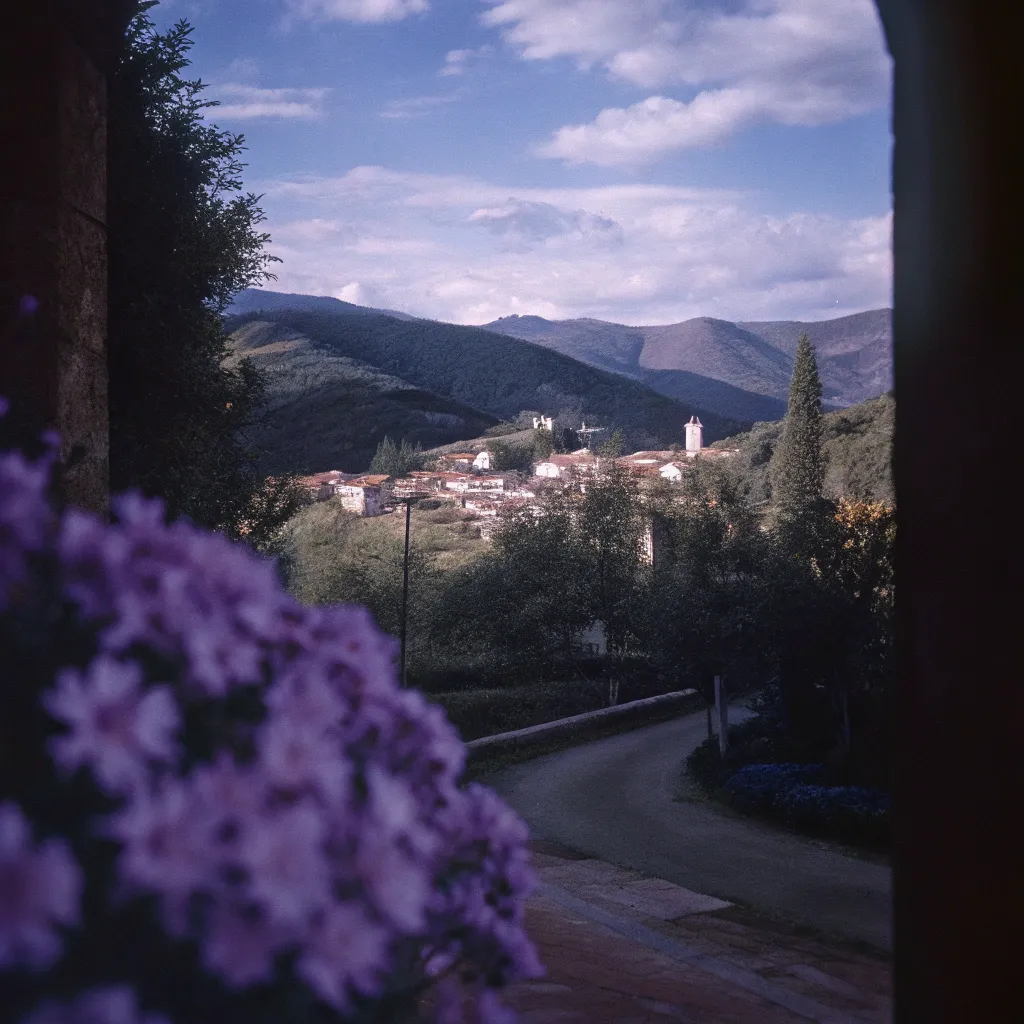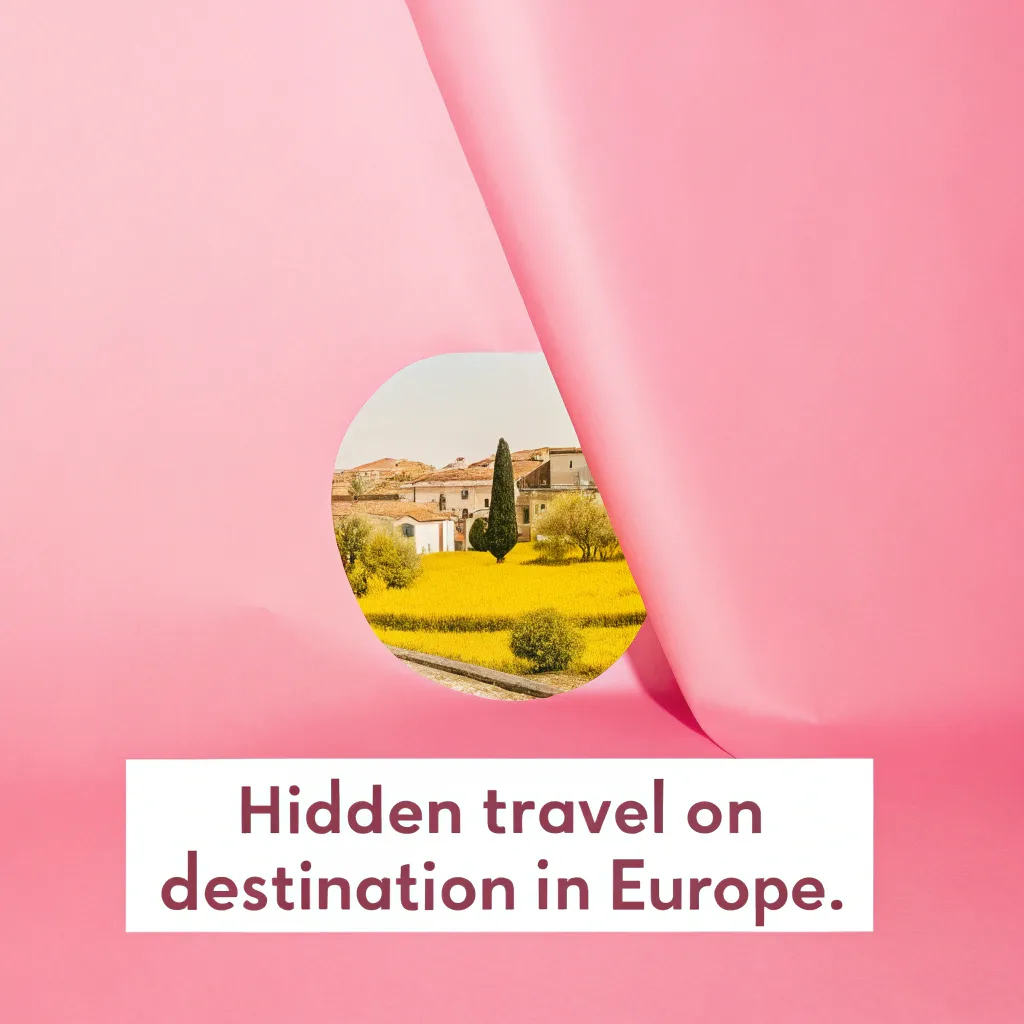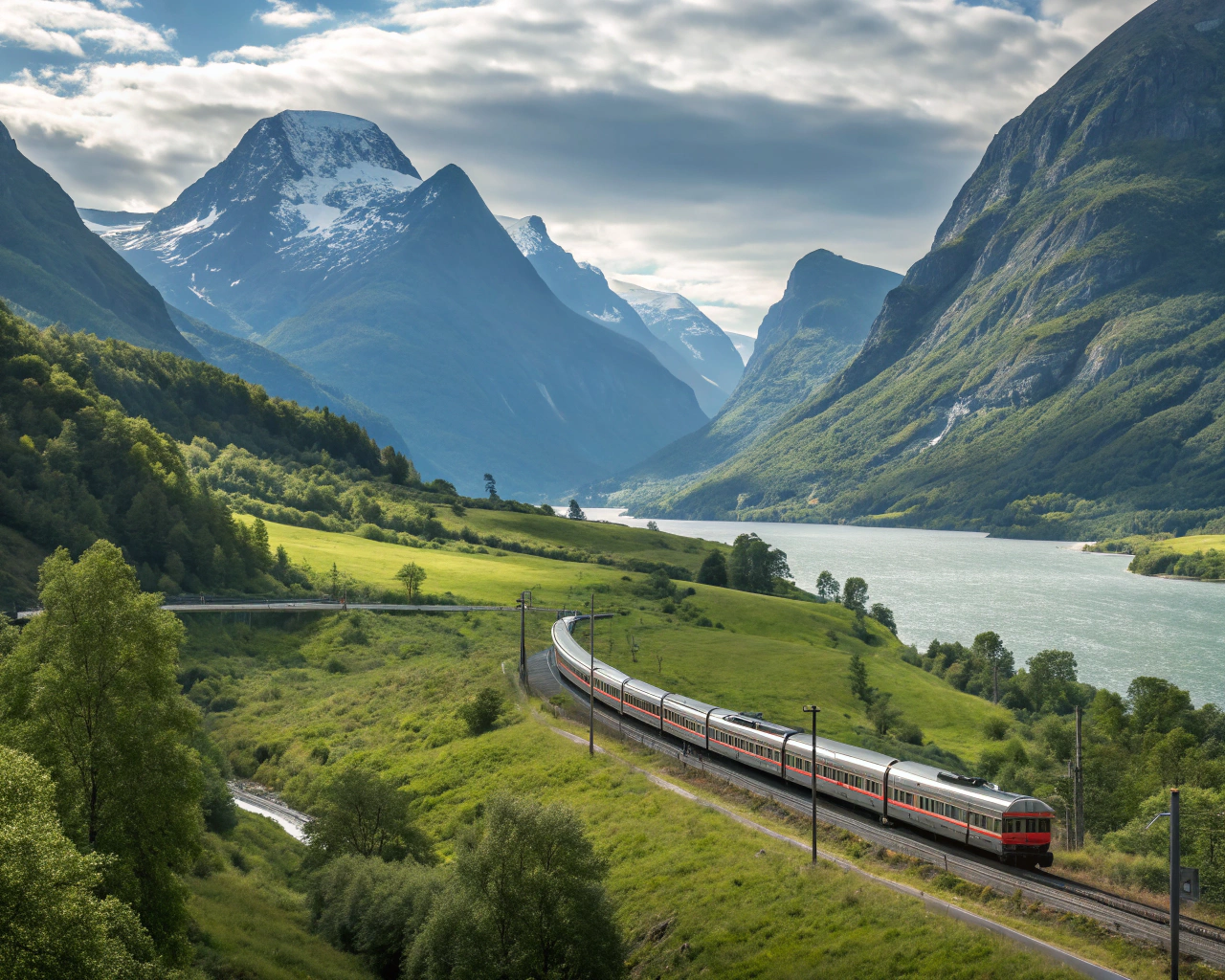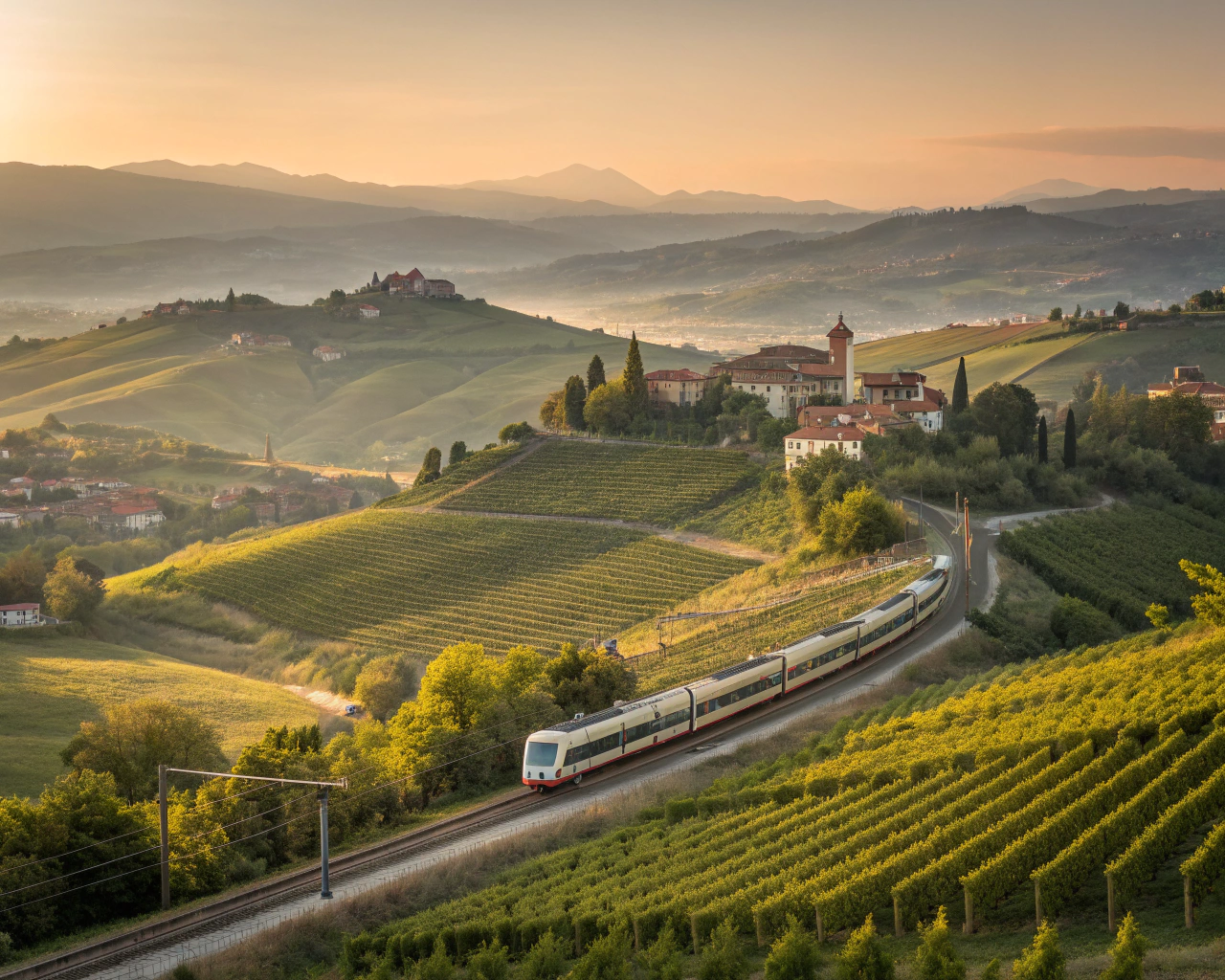Europe's well-trodden paths to Paris, Rome, and Barcelona will always charm travelers, but 2025 is shaping up to be the year of the continent's lesser-known treasures. From secluded coastal towns to vibrant cultural hubs flying under the radar, these destinations offer authentic experiences without the overwhelming crowds of Europe's major capitals.
Emerging Eastern European Destinations
Tbilisi, Georgia
Georgia might technically sit at the crossroads of Europe and Asia, but its capital is quickly becoming one of Europe's most talked-about destinations. British Airways is expanding its routes with direct flights from London starting in spring 2025, making this gem more accessible than ever.
Tbilisi's appeal lies in its fascinating blend of architectural styles – from ornate Orthodox churches and crumbling Soviet-era buildings to ultra-modern structures like the Bridge of Peace. The city's historic Old Town feels like stepping into another century, with its winding cobblestone streets and traditional wooden balconies.

What really sets Tbilisi apart is its emerging food scene. Georgian cuisine remains criminally underrated globally, but that's changing fast. The traditional khachapuri (cheese-filled bread) and khinkali (soup dumplings) pair perfectly with Georgia's ancient winemaking tradition – they've been producing wine for over 8,000 years!
"Tbilisi offers that increasingly rare combination of authenticity, affordability, and genuine local welcome," notes travel writer James Canton in a recent Condé Nast Traveler feature. "It's where you can still have those magical travel moments that feel like true discovery."
Cluj-Napoca, Romania
Time Out recently named this Transylvanian city among Europe's most underrated destinations, and with good reason. Cluj-Napoca blends medieval charm with a surprisingly vibrant contemporary arts scene, fueled by one of Romania's largest student populations.
The city center showcases Gothic architecture alongside baroque buildings and communist-era blocks. But what's really drawing visitors is Cluj's emergence as a tech hub and cultural hotspot. The TIFF (Transilvania International Film Festival) has put it on the cultural map, while a growing number of art galleries, experimental theaters, and music venues keep the creative energy flowing year-round.
Last Tuesday, the city announced plans for expanded cultural programming throughout 2025, including new exhibition spaces in formerly abandoned factory buildings. These spaces will showcase both Romanian and international artists.
Mediterranean Hidden Treasures
Terracina, Italy
Just 60 miles south of Rome lies Terracina, a coastal gem that Italians have kept to themselves for far too long. Unlike the packed beaches of the Amalfi Coast, Terracina offers equally stunning Mediterranean views without the premium prices or photo-taking crowds.
The town is dramatically positioned between mountains and sea, with the Temple of Jupiter Anxur perched high above on Monte Sant'Angelo providing panoramic views of the Tyrrhenian Sea. I've been meaning to visit since my cousin went last summer and hasn't stopped talking about it.
What makes Terracina special is how it balances beach life with authentic Italian culture. The historic center feels unchanged for centuries, with narrow medieval streets opening onto piazzas where locals gather for evening passeggiata. Meanwhile, the seafront promenade comes alive at night with families strolling and enjoying gelato.
"Terracina represents what travelers increasingly seek – places that haven't been transformed by mass tourism," explains Italian tourism expert Maria Rossi. "You can still experience genuine local life here."
Ulcinj, Montenegro
While Croatia's coast has exploded in popularity, neighboring Montenegro offers similar stunning Adriatic coastline with fewer crowds and lower prices. Ulcinj, near the Albanian border, tops Time Out's list of underrated European destinations for 2025.
This ancient town features one of Europe's longest sandy beaches – the 8-mile Long Beach (Velika Plaža) – yet remains refreshingly undeveloped. The old town sits on a rocky peninsula overlooking the sea, with architecture reflecting its fascinating history under Illyrian, Roman, Byzantine, Venetian, and Ottoman rule.
Ulcinj's population is predominantly Albanian Muslim, giving it a unique cultural character distinct from the rest of Montenegro. This diversity is reflected in the local cuisine, which blends Mediterranean and Balkan influences with dishes you won't find elsewhere.
Northern Europe's Surprising Delights
Aarhus, Denmark
Copenhagen gets all the attention, but Denmark's second city is where the real innovation is happening. Aarhus has transformed itself from industrial port to cultural powerhouse, earning it a spot as European Capital of Culture in 2017 and continuing to build on that momentum.
The city's ARoS Art Museum, with its iconic rainbow panorama walkway, exemplifies Aarhus' creative spirit. Meanwhile, the old Latin Quarter charms with its cobblestone streets and independent boutiques. The food scene rivals Copenhagen's but at more reasonable prices – I'm still dreaming about the smørrebrød I had at a little place near the cathedral last year.
Aarhus University brings youthful energy to the city, while the redeveloped harbor area balances historic maritime buildings with cutting-edge architecture. The Dokk1 public library and culture center stands as one of Scandinavia's largest and most innovative public spaces.
Where Should I Go in Europe if I Want to Avoid Crowds?
This is perhaps the most common question from travelers weary of overtourism. While completely tourist-free destinations no longer exist in Europe, some places still offer more breathing room.
Monaco surprisingly topped Forbes' list of European Best Destinations for 2025, but for travelers seeking authentic experiences without luxury price tags, consider these alternatives:
- The Azores, Portugal - These mid-Atlantic islands offer dramatic landscapes of volcanoes, hot springs, and lush valleys. Direct flights from several European hubs have made them more accessible, but visitor numbers remain manageable due to strict sustainability measures.
- Saaremaa, Estonia - Estonia's largest island feels worlds away from Tallinn's digital buzz. With windmills, juniper groves, and medieval churches scattered across a landscape barely changed in centuries, it's perfect for slow travel.
- The Ardennes, Belgium - While tourists flock to Bruges and Brussels, this forested region offers outdoor adventures, charming villages, and excellent local cuisine without the crowds.
Planning Your 2025 European Adventure
The best time to visit these hidden gems varies significantly. Eastern European destinations like Tbilisi and Cluj-Napoca are ideal in late spring or early fall, when temperatures are pleasant but summer crowds haven't arrived or have already departed.
Mediterranean spots like Terracina and Ulcinj offer better value in shoulder seasons (May-June or September-October), when you'll still enjoy warm weather and swimmable seas without July and August's peak prices.
Northern destinations like Aarhus shine during summer, when long daylight hours and outdoor festivals create a magical atmosphere impossible to experience in winter's darkness.

Sustainable Tourism Considerations
Many of these emerging destinations are working to avoid the overtourism problems facing Barcelona, Venice, and Amsterdam. Travelers can help by:
- Visiting during shoulder seasons
- Staying in locally-owned accommodations
- Learning a few phrases in the local language
- Exploring beyond the main attractions
- Supporting local businesses rather than international chains
"The places we're highlighting for 2025 have the opportunity to develop tourism sustainably," notes sustainable travel expert Elena Mihailova. "Visitors who choose these destinations are often more conscious travelers seeking authentic connections."
Whether you're drawn to Tbilisi's ancient wine culture, Terracina's unspoiled beaches, or Aarhus' creative energy, Europe's hidden gems offer refreshing alternatives to the continent's overcrowded hotspots. The hardest part might be deciding which to visit first – though at current prices, you might just manage to see several in one trip.
As travel continues evolving post-pandemic, these destinations represent the future of European tourism – authentic, sustainable, and genuinely enriching. The continent's true treasures often lie just beyond the obvious.






